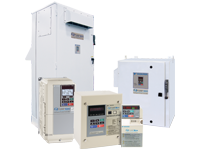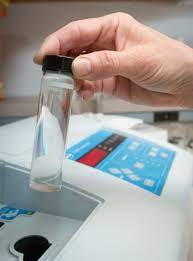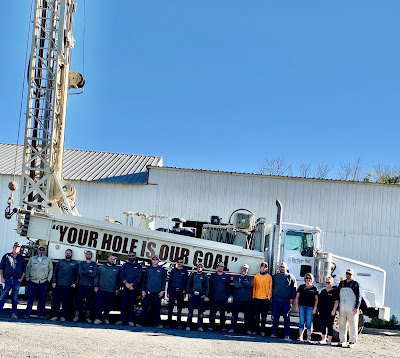Submersible Pump Protection
There are several options on the market for submersible motor protection. These offerings include product that protects your motor from incoming power failures or brown-out conditions, lightening strikes, run-dry conditions, rapid cycling and overcurrent scenarios. In this article we will highlight some of the products in the market that we have time-tested and believe provide our clients with a high level of protection. We will grade each on price and reliability as well.
Grading Scale 1-5, 1= Least and 5= Most
Variable Frequency Drives
Thermal Overloads (Reset Button)
An electric motor used in lots of equipment may include overload reset button on the motor body. If the motor is overloaded or if it overheats, this button will pop "out" indicating that an internal electric safety device has tripped,shutting the motor off.
Once the motor has cooled sufficiently it can be re-started, usually by pushing the popped-out reset switch back down. If the motor turns off again on reset you should not keep running it as it may be damaged and the system may be unsafe. These buttons are usually located in your submersible motor control box mounted top-side of your well pump, here's a quick tutorial.
Price = 1
Reliability = 1
Motor and Pump Protection Units
imbalance, heat, heavy start-ups or excessive operational cycles. Our preferred brand of motor protection units are manufactured by Littlefuse. One of the most common units is the 231 Insider and used for horsepowers from 1 HP and below. These units fit inside of the control box and are designed to protect single-phase submersible pumps from dry-well, dead-head, jammed impellers, rapid-cycle, overvoltage and undervoltage conditions. A calibration adjustment allows for the unit to be calibrated to your specific voltage and current-sensing circuit constantly monitors the incoming power for fluctuations, overcurrent and undercurrent. When an abnormality such as a loss of suction (dry well) is detected, the product deactivates its output relay and directly disconnects the pump motor. The relay then begins its user-selectable restart delay timer. When the timer counts to zero or power is removed and reapplied, the relay activates its output relay and turns the pump back on. The unit communicates with a hand-held tool called the Informer. Our technicians at Heritage Well carry these devices on their trucks and are able to display fault parameters including calibration points, trip points, run time and last faults. This is an extremely valuable tool for troubleshooting well issues.
Low-Pressure Cut-off Switch
This would cause the pressure in your line to drop and your pump to kick on and stay on which could lead to flooding of your home or business. The low cut off pressure switch would turn the pump off if the pressure drops 10 psi below the cut-in pressure (low number). Think of it as a nice piece of protection.






Comments
Post a Comment